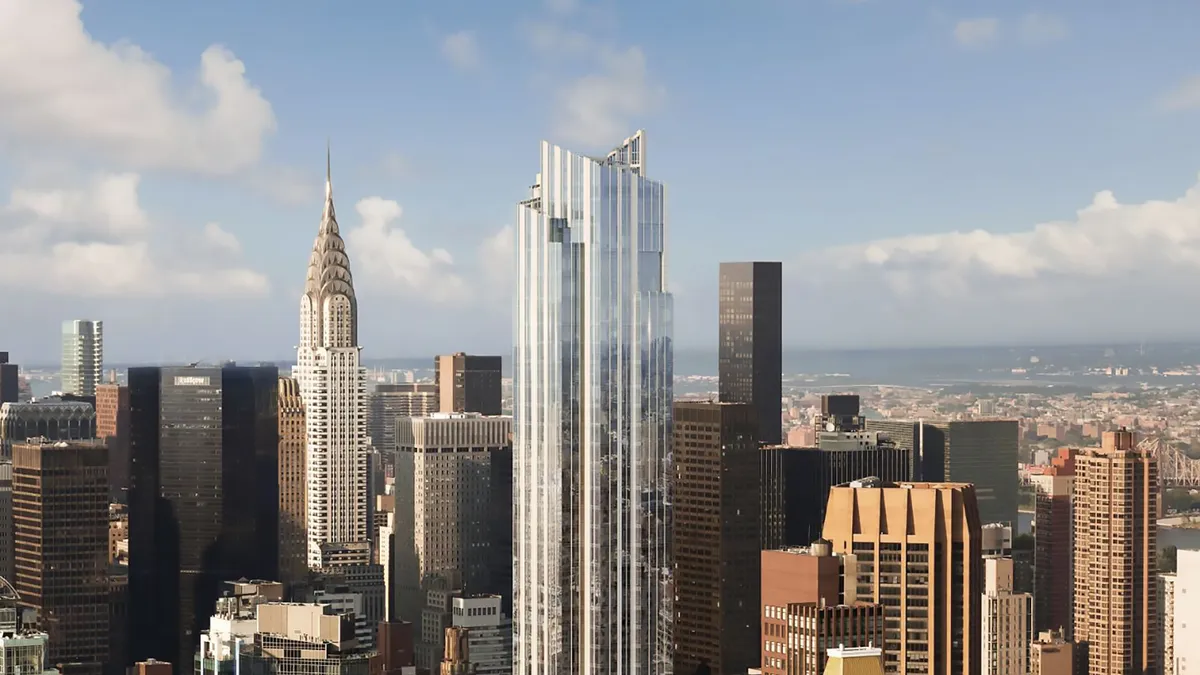The New York Independent System Operator on Aug. 5 announced a slate of reforms to its interconnection process, including a new cluster study approach that aims to save time by evaluating interconnection requests in groups rather than individually.
There has been “an unprecedented increase” in the number of new generation projects seeking to connect to the bulk power system since New York lawmakers passed the Climate Leadership and Community Protection Act in 2019, according to the grid operator. The law requires development of a zero-emission electricity sector by 2040 and for New York to reach economy-wide carbon neutrality by 2050.
There are about 280 projects in New York’s interconnection queue. The ISO says electricity demand could nearly double over the next two decades, driven by the electrification of heating and transportation and the development of energy intensive projects and industry.
The new interconnection study process and other changes “reflect our steadfast commitment to delivering the grid of the future,” NYISO President and CEO Rich Dewey said in a statement. The changes “will deliver greater efficiencies and transparency in our interconnection process.”
The changes also align New York’s interconnection queue processes with reforms the Federal Energy Regulatory Commission mandated in Order 2023, including to review projects in batches, the ISO said.
The cluster study timeframes “represent a significant reduction in the NYISO’s overall interconnection process from its previous procedures,” the ISO said. “Additionally, the study process limits the number of mid-stream project modifications so that delays for a single project don’t impact the progress of other projects looking to advance through the interconnection process.”
NYISO’s first cluster study window began August 1.
The cluster study approach builds on an optional pre-application process launched in May that allows project developers to engage with the ISO and transmission owners before formally entering the queue. The new process aims to provide potential interconnection customers with an opportunity to obtain “detailed information on potential points of interconnection before submitting their formal interconnection requests,” the ISO said.
The grid operator has also launched a new portal where developers and utilities can submit and access information on pending interconnection proposals and applications. “Energy developers will have greater visibility of their project progress and status, which helps them stay informed about key developments during the study process,” the ISO said.
Meeting growing electricity demand means installed capacity will need to triple from 37 GW today to 100 GW to 130 GW by 2040, NYISO said in a 20-year outlook published last month. Up to 40 GW of dispatchable emissions-free resources could be needed to replace 25 GW of fossil-fuel generation by 2040, the report concluded, potentially including long-duration batteries, small modular nuclear reactors, hydrogen-powered generators and fuel cells.















